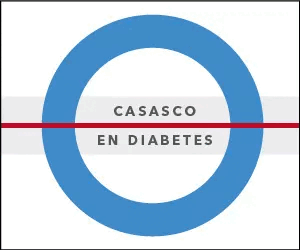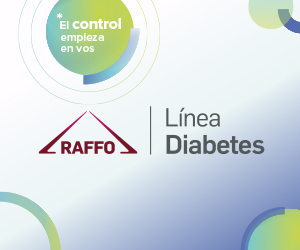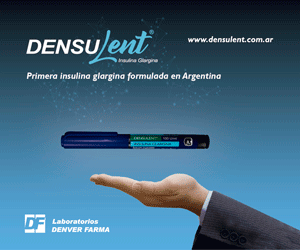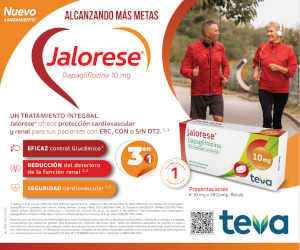Discover study in the argentine population
DOI:
https://doi.org/10.47196/diab.v54i2.243Keywords:
type 2 diabetes mellitus, treatment;, therapeutic inertia, cardiovascular risk factorsAbstract
Introduction: type 2 diabetes mellitus (T2DM) is a highly prevalent metabolic disease, which constitutes an important cardiovascular risk factor, in which patients are not only diagnosed late, but remain for prolonged times, with glycemic and other cardiovascular risk factors poorly controlled. There is a significant therapeutic inertia in the implementation of antidiabetic drugs in the second line of treatment.
Objectives: the main objective of the DISCOVER study was to provide realworld data to assess antidiabetic therapy and prospective clinical outcomes in patients with T2DM who initiate a second line pharmacological therapy for blood glucose reduction. The secondary objective was to obtain data from Argentina on glycemic control, metabolic control, comorbidities, cardiovascular risk factors and the concomitant therapeutic approach compared to the global world.
Materials and methods: DISCOVER is a prospective 3 year observational study in which patients from 37 countries with T2DM with poor glycemic control who required second line antidiabetic therapy were involved. Argentina participated with 14 urban centers. Inclusion criteria were: patients with a diagnosis of T2DM over 18 years of age who require a second line of treatment for glycemic control after oral first line treatment, with monotherapy, or double or triple therapy administered as a fixed dose combination.
Results: Argentina data are presented. 299 patients with a diagnosis of T2DM, were enrolled (51.3% men) who were outside the objective of glycemic control (glycemic control was established according to the HbA1c value of <7% according to the criteria of the American Diabetes Association, ADA 2020). Mean age was 59 years±10 years. The mean HbA1c value was 8.8%±1.9% with an average fasting glucose of 182.9 mg/dl±59.6 mg/dl. An average body mass index (BMI) of 32.2kg/m2±6.0 kg/m2was recorded. Argentina had a high percentage of subjects over 25 years with high BMI (90%). A high percentage of lipids parameters were outside the con-trol objectives for diabetic patients. The ADA 2020 guidelines recommends the use of moderately potent statin with the following LDL colesterol (LDLc) values <100 mg/dl for patients without cardiovascular disease and LDLc <70 mg/dl for patients with cardiovascular disease and use of high potency statin and trygliceride values <150 mg/dl following the criteria ADA 2020 guidelines. The average total cholesterol values were 188 mg/dl±44 mg/dl, for LDLc 114.39 mg/dl±10 mg/dl. Triglycerides with a mean 180.1 mg/dl±97.6 mg/dl. A two year follow up showed a statistically significant decrease in blood glucose and HbA1c levels, as well as lipids para-meters, although the recommended treatment goals were not achieved, in despite of which only 25% of patients received statin treatment. The most used antidiabetic drugs in the second line were sulfonylureas and DPP-4 inhibitors.
Conclusions: a high degree of inertia was recognized in terms of progression to establish a second line of treatment, based on the high level of HbA1c with which it was initiated. This study showed the situation of metabolic control, associated cardiovascular risk factors and the treatment of T2DM in the real world of our country. Necessary measures must be taken in order to improve the parameters presented and they must be able to be evaluated with studies similar to the current one. It is important to continue working to prevent the progression of diabetes toward chronic complications in those patients who have already developed the disease.
Downloads
Published
How to Cite
Issue
Section
License

This work is licensed under a Creative Commons Attribution-NonCommercial-NoDerivatives 4.0 International License.
Dirección Nacional de Derecho de Autor, Exp. N° 5.333.129. Instituto Nacional de la Propiedad Industrial, Marca «Revista de la Sociedad Argentina de Diabetes - Asociación Civil» N° de concesión 2.605.405 y N° de disposición 1.404/13.
La Revista de la SAD está licenciada bajo Licencia Creative Commons Atribución – No Comercial – Sin Obra Derivada 4.0 Internacional.
Por otra parte, la Revista SAD permite que los autores mantengan los derechos de autor sin restricciones.

































